In her films artist Melanie Matranga shows how young people interact on familiar terms with one another without really perceiving the other person.
In their 1994 cover of the Kinks song “People taking pictures of each other”, German punk band “Die Goldenen Zitronen” sang cheekily: “Menschen machen Fotos gegenseitig, zu beweisen dass sie wirklich existierten, auf Nummer sicher zu gehen dass sie da sind.” [“People taking photos of each other, to prove that they really exist, to double-check that they are there.”] These days this can be applied all too fittingly to the Instagram culture, whereby it is not so much the other but rather oneself and one’s own everyday environment that sets the scene.
The aesthetics of a large number of the images published there could be considered polemically as a catalogue-like staging of one’s own life, whereby the user portrays his or her own experiences and life just as advertising carefully presents the product blurb. If one accepts the media theory of Professor Wolfgang Ullrich, for example, then these images serve less a documentation and mnemonic purpose than a communicative one, and thus represent a fundamental shift in the medium of photography.
White is the predominant color
In the video work “You” (2016) by French artist Mélanie Matranga (born 1985), the Instagram aesthetic that was once summed up in art magazine Monopol with the words “Viel Weiß, viel Vase, viel Bett” [“Lots of white, lots of vase, lots of bed”], is ubiquitous. A man and a woman sit on a bed, the room is flooded with light, white is the predominant color. The woman shoves the man and a small quarrel develops before the man eventually gets dressed and leaves.
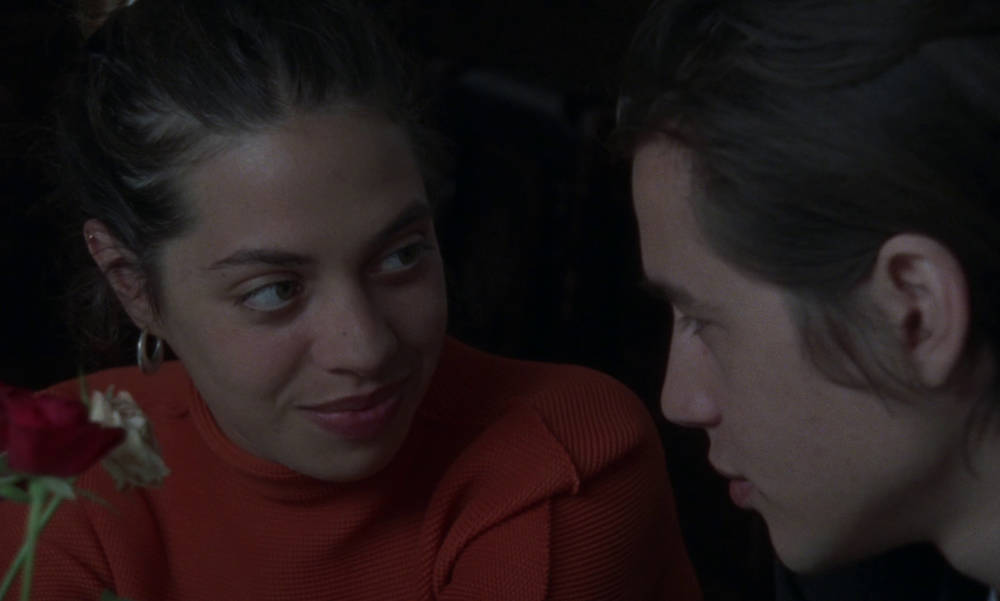
Scene change: Man and woman lie next to one another, the man caresses the woman, eventually telling an anecdote about an older, elegant neighbor whom he used to watch surreptitiously as a boy and about whom he fantasized. Matranga then cheerfully jumbles up the protagonists from these two scenes: The man from the second scene has sex on a toilet with the woman from the first, the woman from the second scene relates the personal anecdote she was told in a different form as her own experience to the man from the first scene, and meanwhile three of the four end up in a bed or they all meet at a party.
Each in their own cosmos
Matranga stages snapshots from relationships or perhaps, more precisely, cinematically-aesthetically acknowledged representations of them, whilst the protagonists remain strangely alien and distant. The profound intimacy exhibited, which is generally the expression of the feelings of two individuals for one another, appears here to emerge rather as a communicator; the performers are little more than acting objects. In contrast, in “Jour & Nuit” (2015), which was shown for the first time as part of the installation “反复 (FANFU)”, the protagonists still deal exclusively with themselves.
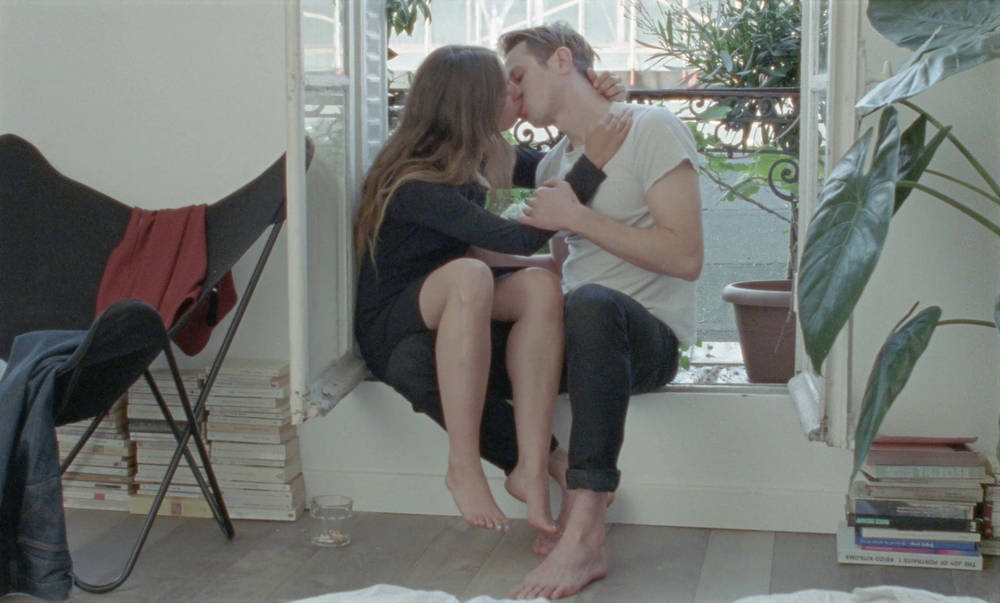
Four friends who meet in a restaurant talk past one another, focus ostentatiously on their own meals and fail to listen, and eventually each disappears again into his/her own cosmos, which they never really left. In “You”, on the other hand, the separate individuals appear to merge into a common, over-subjective “we”: The eponymous “you” is robbed of any of its specific exclusivity, and the boundaries between I and you become blurred and henceforth exist as an über-subject in a pure present, which appears to carry neither past nor future within it.
Driven by demons
It is purely in the present that Keith (Dore Mann) stumbles from one situation to the next: He is the twenty-something we follow in Ronald Bronstein’s “Frownland” (2007) in the last gasps of his relationship with Laura (Mary Bronstein), in disputes with his roommate Charles (Paul Grimstad) or during his unsuccessful activities as a door-to-door salesman.
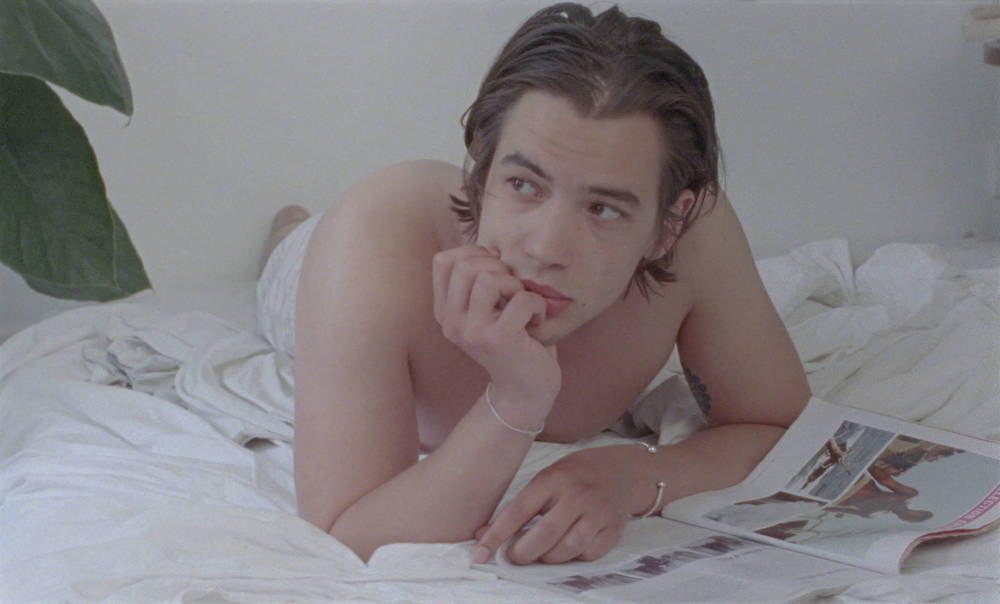
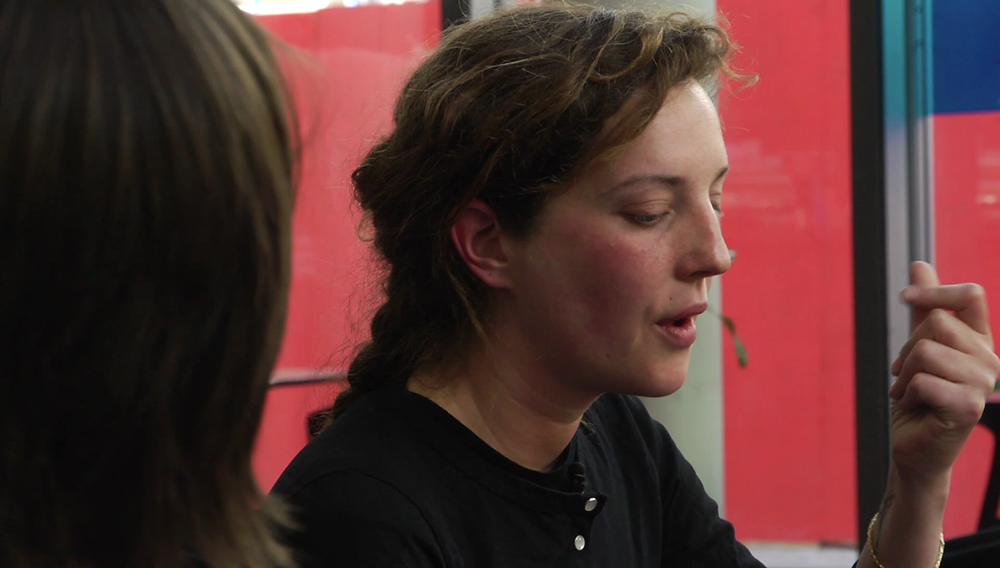
Keith is a restless, neurotic bundle of nerves who is always on the go. His speech is muddled and never gets to the point, he is driven by insecurity and fear and is hopelessly lost. Incapable of even recognizing or articulating his own wants, his demons drive him from one hopeless situation to the next, whilst the downward social pressure grows ever greater.
Unembellished psychological suffering
Bronstein worked on “Frownland” for five years and funded the film primarily through his earnings as a projectionist. As excessive as it was time-consuming, the project used amateur actors and what appears on the canvas as the result often exceeds the limits of tolerability: Dore Mann’s performance as the continually restless yet impelled Keith, who struggles from one moment to the next in a self-created world of doubt and insecurity, touched one member of the audience at a screening in Las Vegas so disagreeably that it almost resulted in a brawl. It is this intensity that makes “Frownland” a truly authentic tour de force, in which psychological suffering is neither sacrificed on the altar of prettiness nor are characters degraded to conveyors of an overriding message.
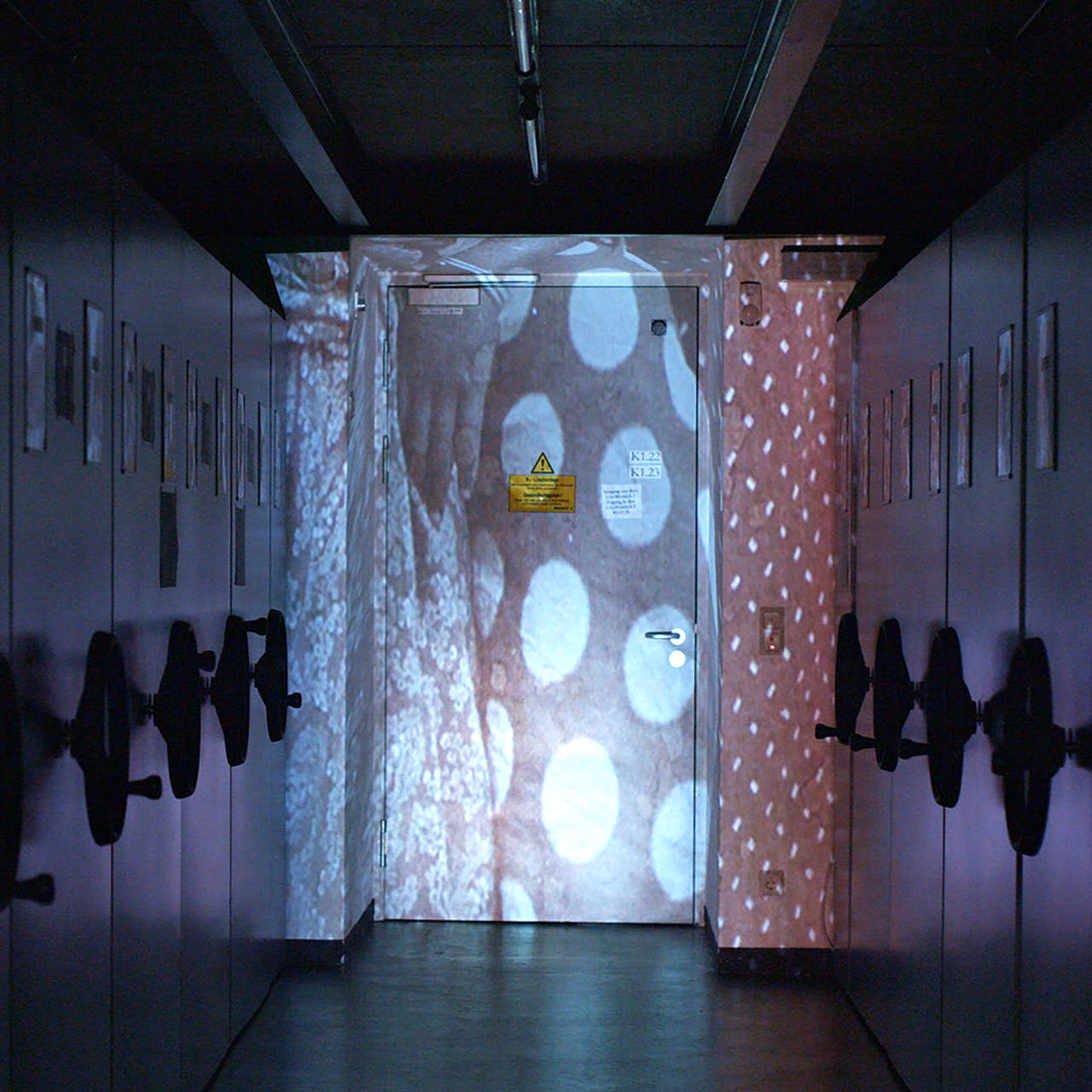
Following Yaarborley Domeï
Belinda Kazeem-Kamínski’s video piece is dedicated to a letter written by Yaarborley Domeï. This rare testimony to a past time describes not only...
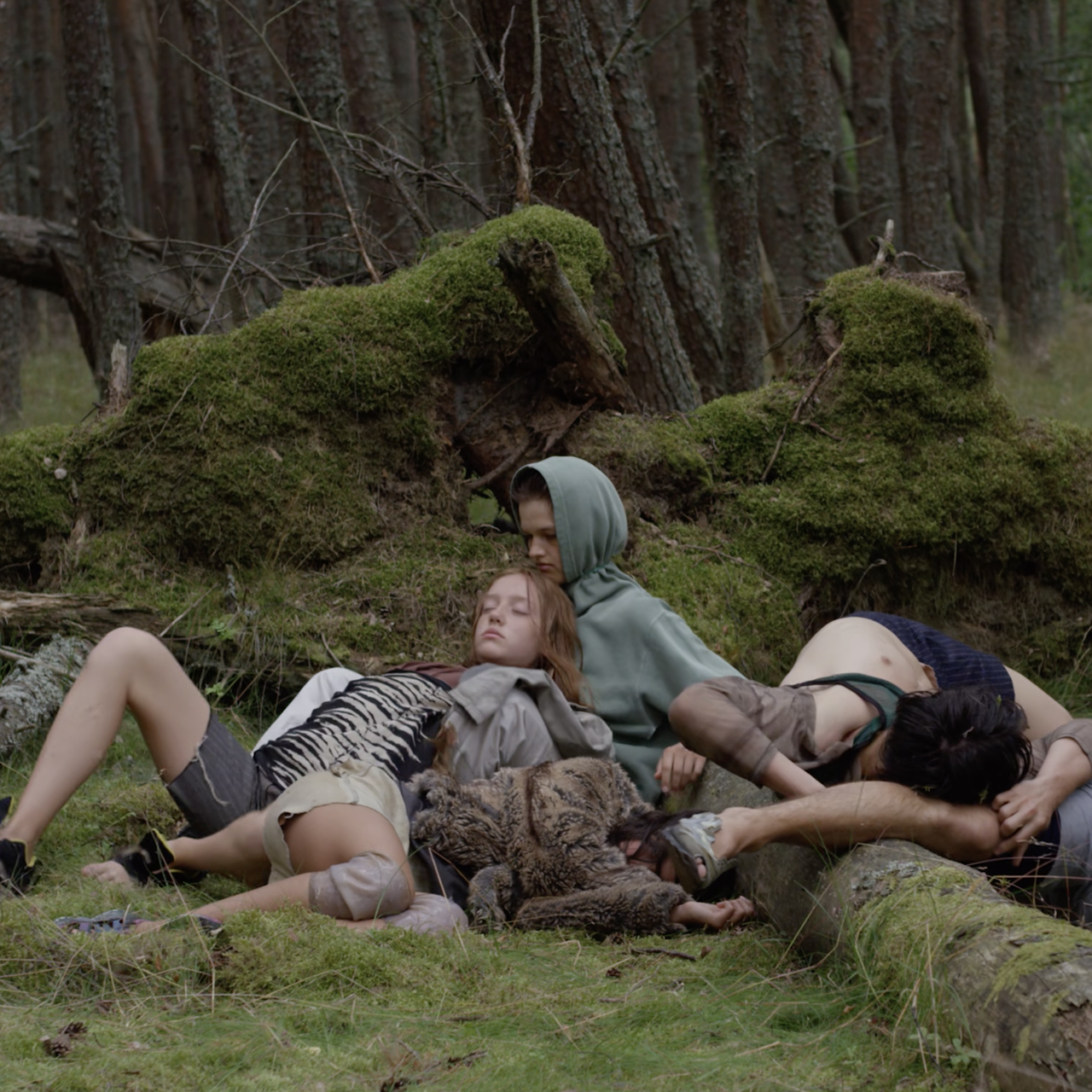
A Symphony of Transformation, Decay and Regeneration
Hybrid creatures with prostheses or organic forms jutting out of their bodies – in the upcoming DOUBLE FEATURE artist Eglė Budvytytė turns her...
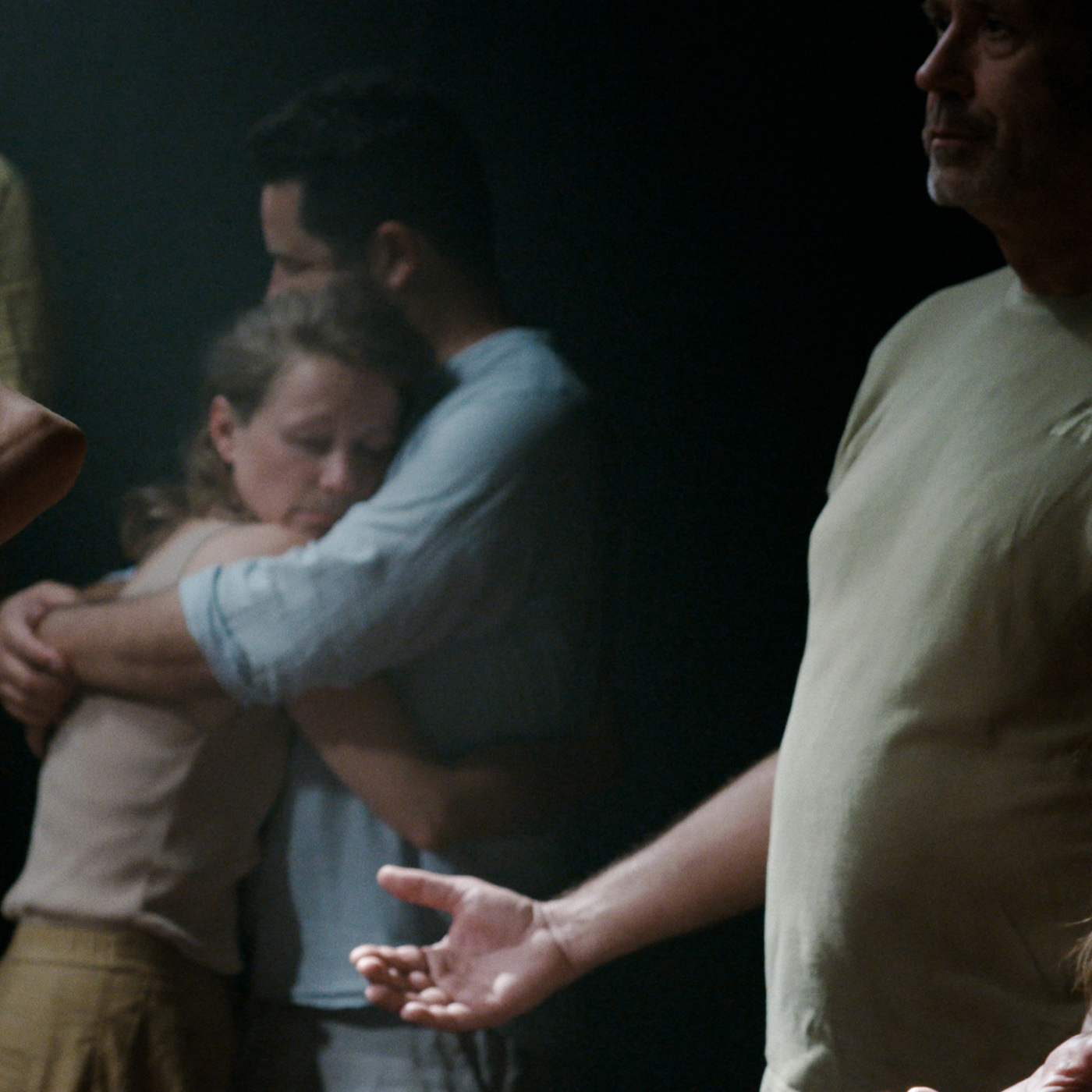
Just What is a Patriarchy?
Can women help men to articulate their emotions? And what is the response to feminist statements in patriarchal structures? Julika Rudelius looks into...
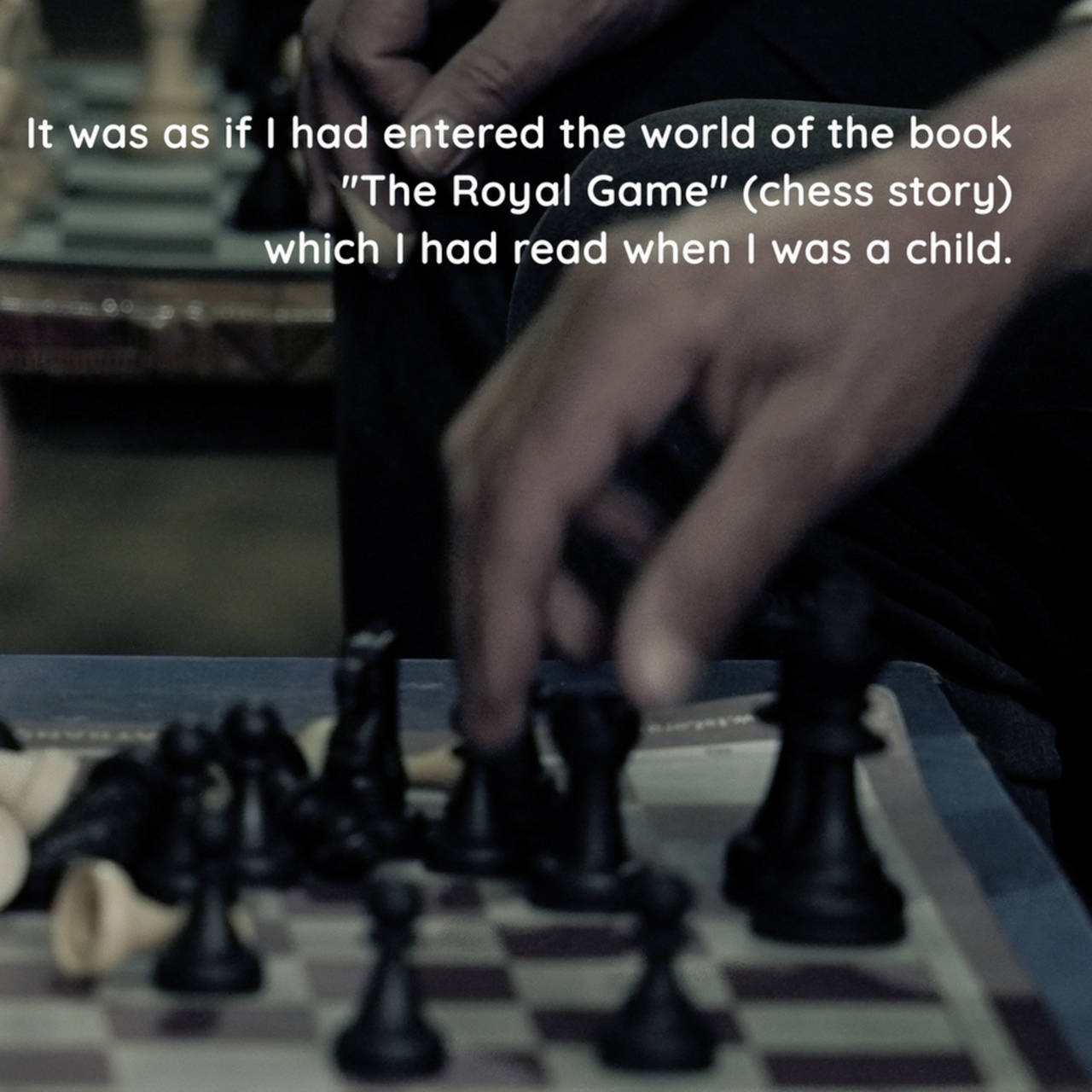
Chess Stands for Survival and Prison
In the upcoming DOUBLE FEATURE artist Pınar Öğrenci is screening her video “Aşît”, which was inspired by Stefan Zweig’s “The Royal Game”. She finds...
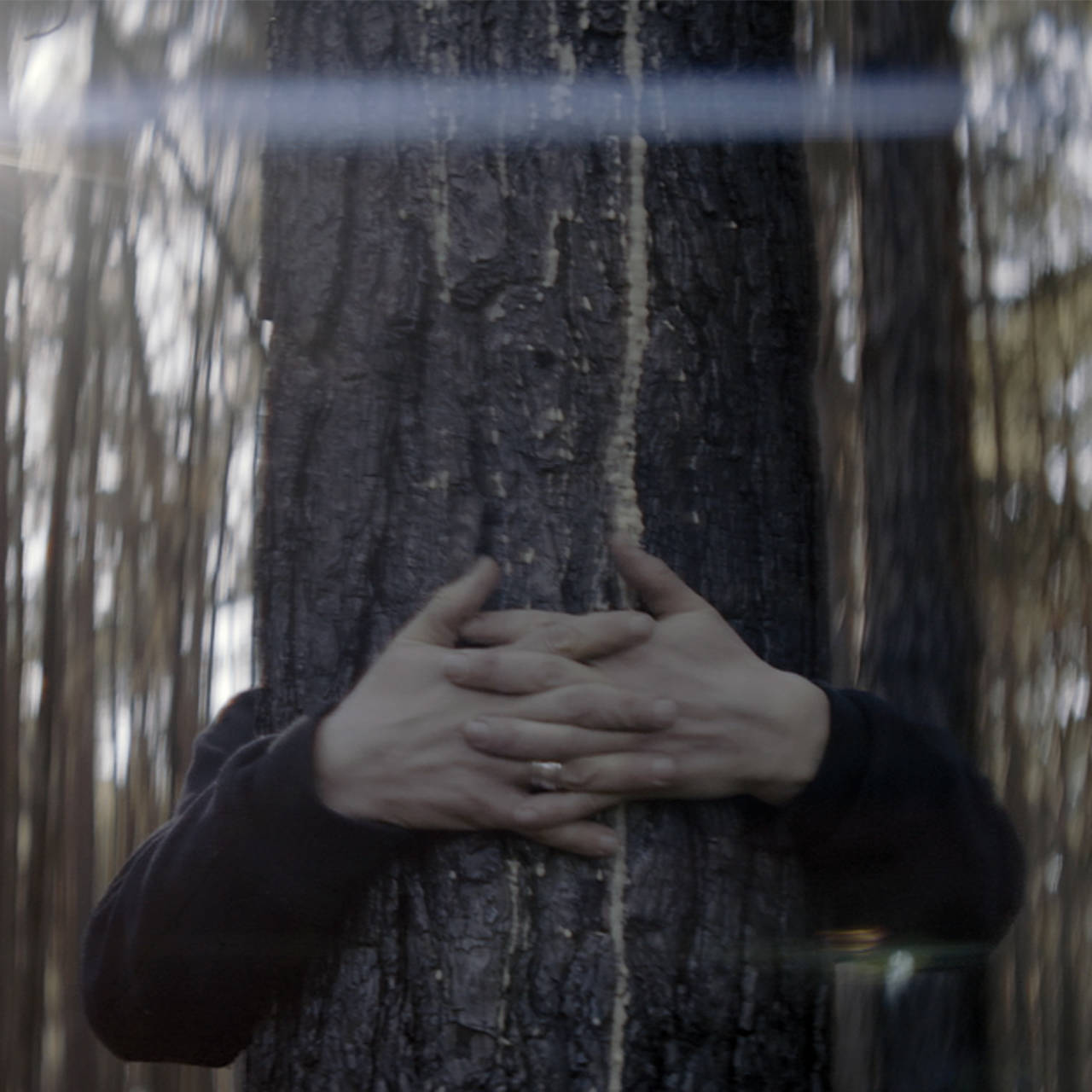
A poetic approach to the world
Solitude, subjective feelings, ineffability, desire, a poetic approach to the world and our surroundings – these themes were typical for the Romantic...
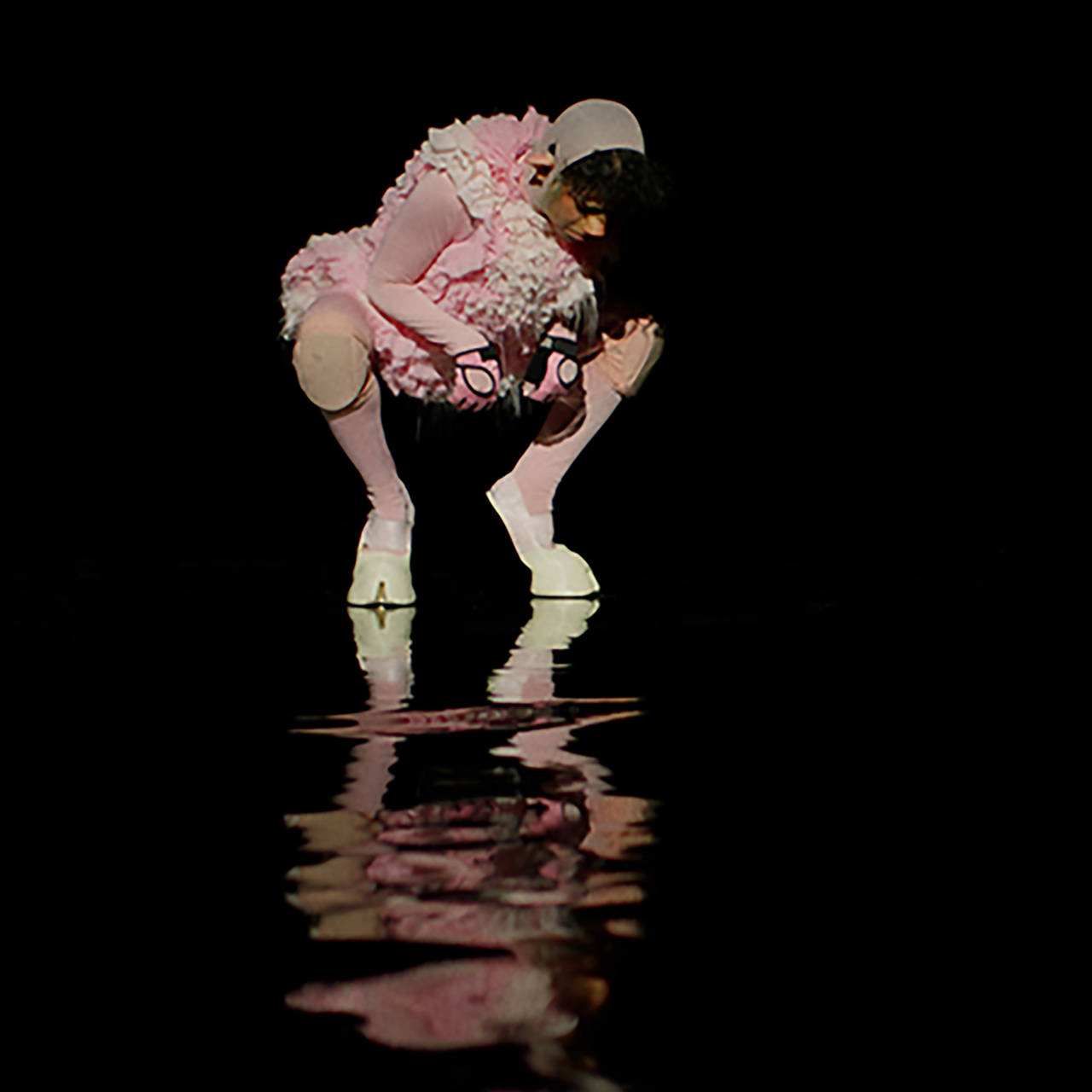
The Fabulously Strange World of Marianna Simnett
A maltreated piglet runs into a pond before finding itself in a surreal underworld and encountering dogs in latex costumes. In the DOUBLE FEATURE with...

A search for traces along countless freight trains
In her video work “A State in a State” Tekla Aslanishvili addresses the simultaneity of war, political upheaval, and economic factors. The artist...
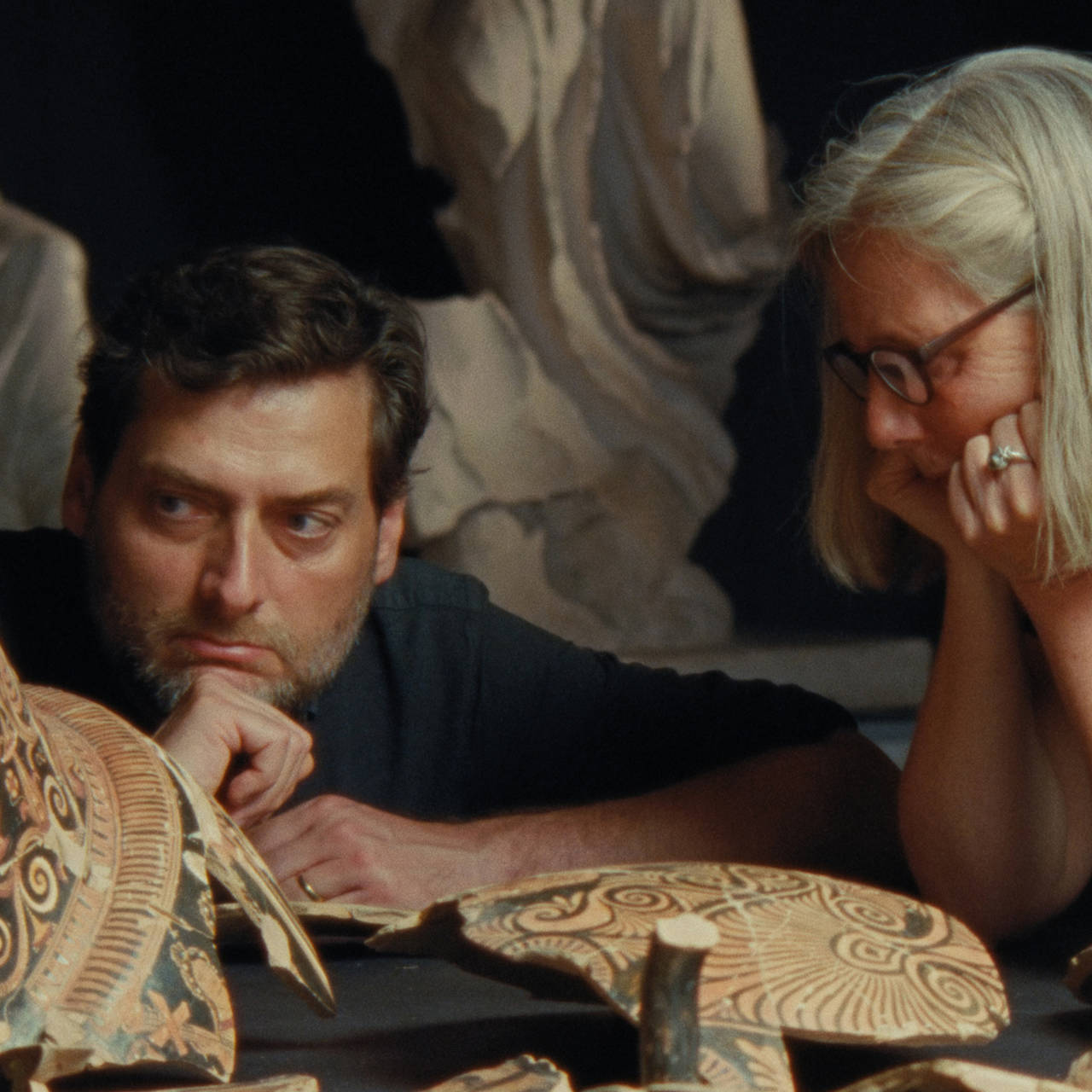
Forensic Archaeology. On Detective Work in Art
In the Geneva Freeport complex alone there are said to be round 1.2 million works of art (including Nazi looted art). The artist of the upcoming...

The blessing and curse of Nigerian tin mining
The Jos Pleateau in Nigeria was famous for its tin mining during the time of British colonial rule. In her video work “Plateau,” Karimah Ashadu...

About Pigeons and People
Yalda Afsah’s video work “SSRC” places the focus squarely on the relationship between humans and animals. For in the Secret Society Roller Club – also...
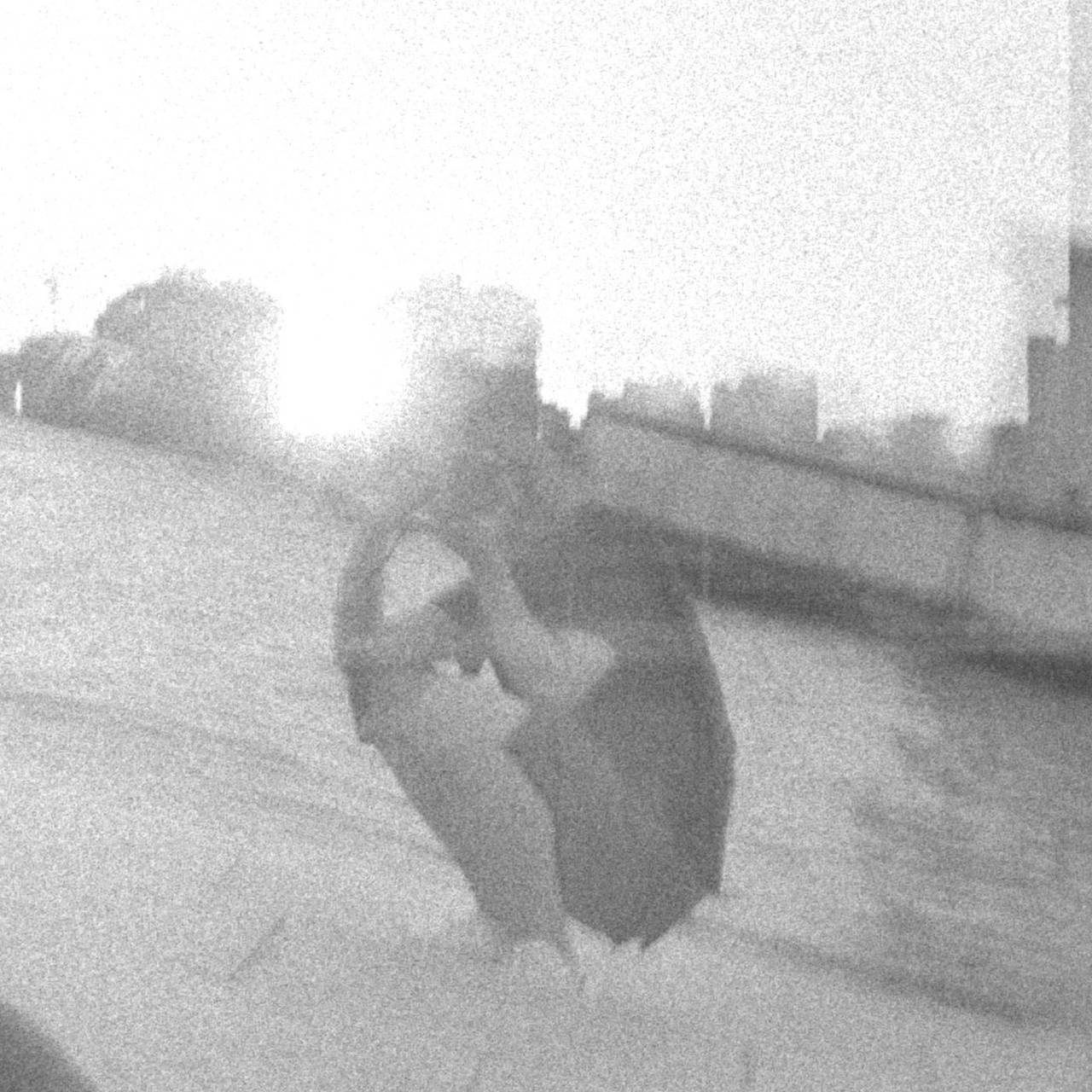
(Re-)Visiting Changsha
What if Roland Barthes had been a local tourist? In his new video piece “Sight Leak” (2022), Chinese artist Peng Zuqiang re-imagines the French...
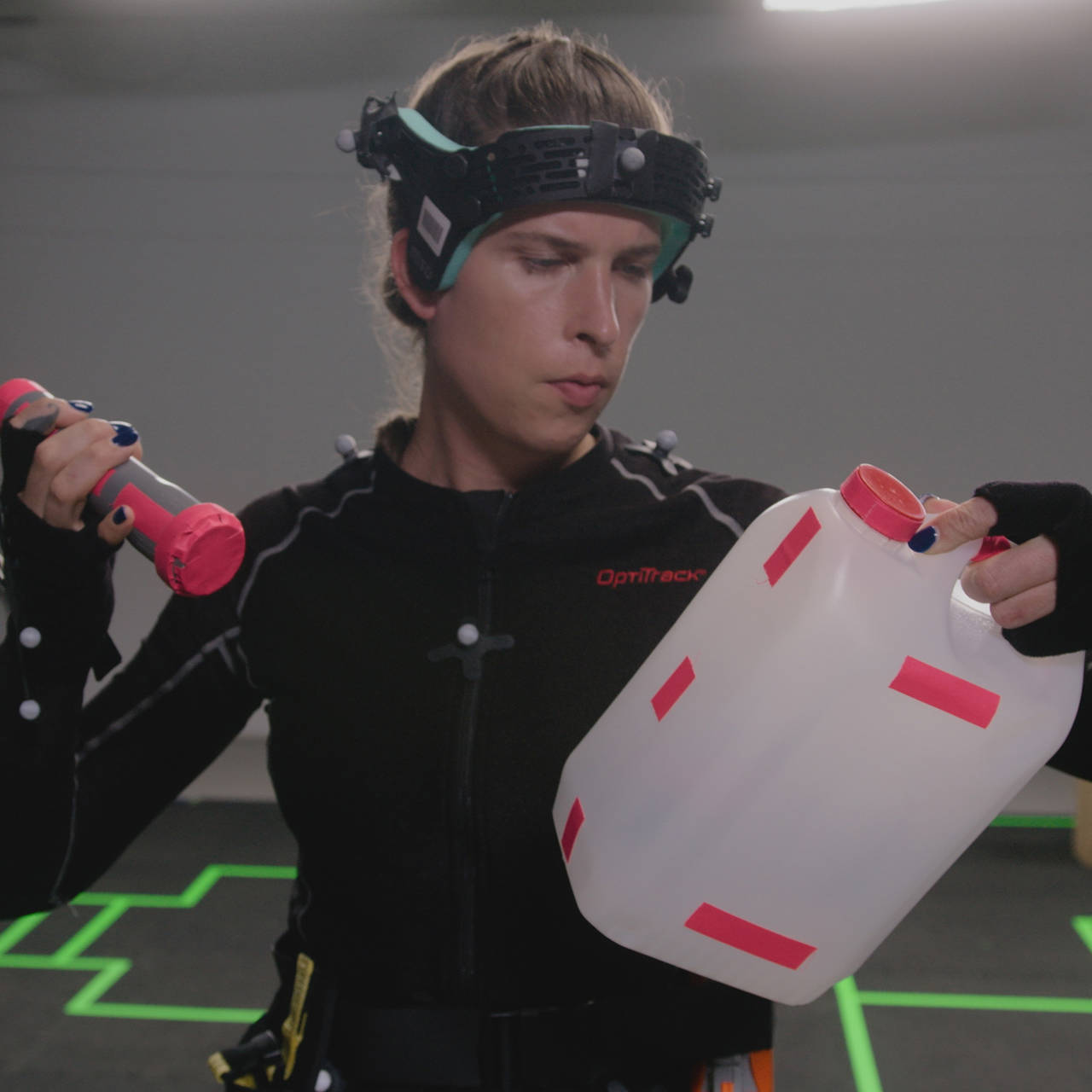
The sinister world of Unica B
Ominous, dark premonitions define the mood of Anja Kirschner’s video work “Unica” (2022). Or is it much more repressed memories of the past?...